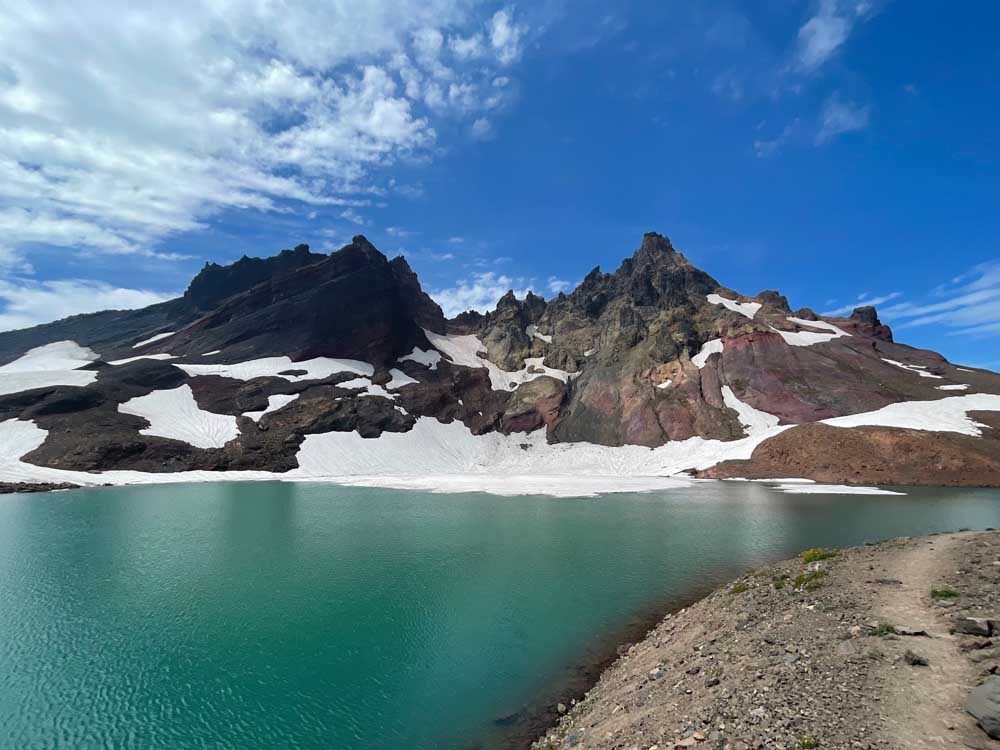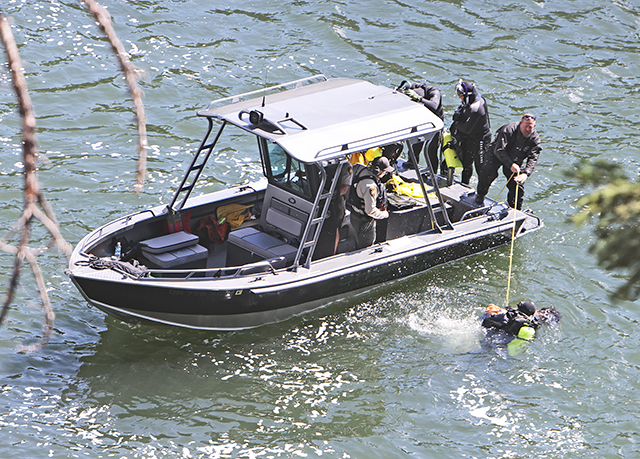Guest column: Plan to shoot barred owls is myopic
Published 9:00 pm Tuesday, November 26, 2024

- A spotted owl.
In September, the U.S. Fish and Wildlife Service (FWS) announced plan to orchestrate the largest raptor slaughter ever contemplated by any nation — a scheme to shoot 450,000 barred owls in the forests of Oregon, California, and Washington. The purpose of the 30-year kill plan is to reduce social competition between barred owls and better-known spotted owls.
But given the vast physical geography of the patchwork of lands constituting the “control area,” along with the resiliency and reproductive capacity of barred owls, the plan is doomed to fail. It is a waste, and the plan should be shelved.
Trending
According to the FWS’s plan, volunteer hunters will be unleashed in forest habitats spanning 24 million acres, encompassing 14 units of the National Park Service, roadless areas within 17 national forests, and thousands of parcels and pockets of private lands. We’ll see hunters shooting into forest canopies from Yosemite and Redwoods national parks in California to Crater Lake in Oregon to Olympic National Park in Washington. They’ll be taking aim, mainly at night, at nocturnal birds in forest habitats called home by other lookalike owl species.
Barred owls are a range-expanding North American native species protected for a century by the Migratory Bird Treaty Act. Former FWS wildlife biologist Kent Livezey wrote in one peer-reviewed paper that 111 North American bird species have experienced recent range expansion, with 12 species moving even more widely than barred owls. Indeed, range expansion is a naturally occurring ecological phenomenon, a core behavioral characteristic of birds and mammals
To demand that species “stay put” in a range that was drawn at a moment in time by some avian population surveyor is to deny the dynamism of ecological principles, weather patterns, and human impacts on the landscape and the atmosphere. If you look at the current distribution of barred owls across the continent, the forest owls traveled west over decades, with movements perhaps aided by climate change, hopscotching along the continuous boreal forests that are a belt of stretching across the width of Canada.
Humans fly across the continent in five hours or so. The barred owls, who needed no help from the Wright brothers to take to wing, took a century to go less than half that distance, since they have ranged into the Dakotas since the Pleistocene.
A plan with almost no chance of success
By the agency’s own estimates, even if its preferred plan is undertaken, conscripted hunters will slay barred owls on 28 percent of the land area inhabited by spotted owls. But the government seems to have forgotten that owls can fly. What’s to stop the barred owls on the other 72 percent of land areas from simply flying in and reoccupying sites that were recently purged of their kind? Or how about in-migration from British Columbia?
Trending
Eric Forsman, a wildlife biologist and forest owl expert, told the Seattle Times that “once you start” killing barred owls, “you can never stop.” His recommendation: “let the two species work it out.”
Indeed, wild animals compete against one another. They breed with one another. They angle for prey and space. It happens within families, within species, between species. That competition animates ecological systems. Is it realistic to think the federal government can micromanage these countless interactions?
FWS previously documented that the great horned owl may occasionally prey on spotted owls. Will that owl species be next on the hit list? Would the agency sign off on a plan, to flip the script, to conduct mass shootings of rare or abundant North American owls if they were predating on a highly endangered salamander? Will we start killing orcas along the Pacific Coast because they eat salmon, as they’ve done for thousands of years, because some species are endangered?
The whole plan is myopic, looking too narrowly at a single-species response and sidestepping the arduous and more complex task of confronting the decades-long acts of human commerce and settlement that have collectively put spotted owls in peril.
This is a case of the federal wildlife agency not seeing the forest for the trees.
Do you have a point you’d like to make or an issue you feel strongly about? Submit a letter to the editor or a guest column.








